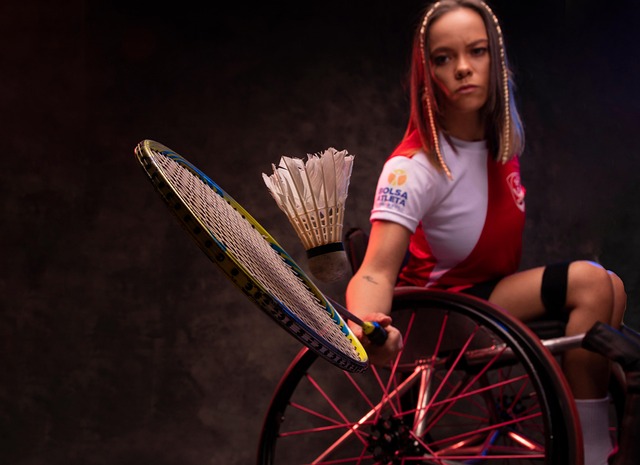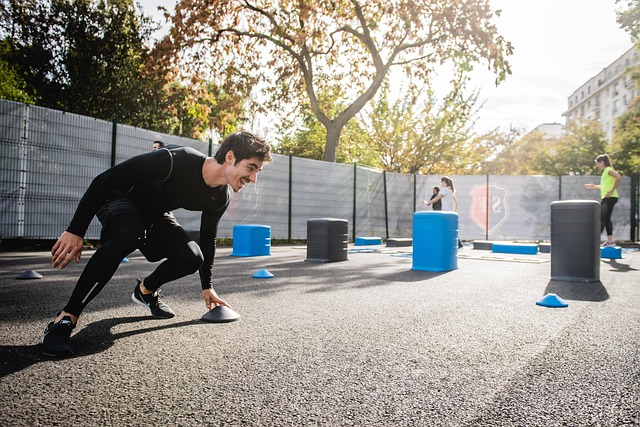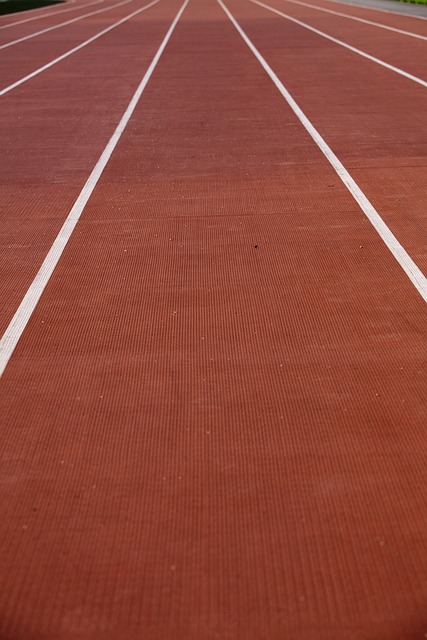In the early days, college cross country runners relied on minimal gear for performance and endurance. As the sport evolved, specialized equipment like enhanced footwear became essential. Today, advanced gear such as GPS-enabled shoes, wearable tech for real-time data, and moisture-wicking apparel empower athletes to reach peak performance. Future innovations include lightweight carbon fiber materials and more sophisticated wearable technology designed to revolutionize training, safety, and personalization in college cross country.
In the dynamic world of college cross country, the gear athletes use has evolved dramatically over time. From the historic wooden shoes and simple clothing of yesteryear to today’s advanced technology, each innovation has been a game-changer, enhancing performance and shaping strategies. This article explores the historical gear used in college races, the technological advancements that have revolutionized duck athletics, modern essential gear for optimal performance, and future innovations poised to transform equipment once again.
- Historical Gear Used in College Cross Country Races
- Advancements in Technology for Duck Athletes
- Modern Day Essential Gear for Optimal Performance
- Future Innovations Shaping College Cross Country Equipment
Historical Gear Used in College Cross Country Races

In the early days of college cross country, runners relied on minimal gear, often just a pair of lightweight shoes and comfortable shorts or a simple uniform provided by their school. The focus was primarily on performance and endurance rather than specialized equipment. The tracks were typically shorter distances, with fewer events, allowing for less emphasis on advanced gear.
Historical gear included simple, flat-soled shoes without much cushioning or support compared to today’s standards. Runners often wore cotton or woolen clothes, which could become heavy and restrictive when drenched in sweat. As the sport evolved and distance races became more prevalent, so did the need for better equipment. This transition led to the development of specialized cross country footwear with enhanced traction and improved cushioning, marking a significant shift in the gear used during college competitions.
Advancements in Technology for Duck Athletes

In the world of college cross country, athletes are constantly seeking an edge to improve their performance. One area where significant advancements have been made is in technology designed specifically for duck athletes (runners). Modern innovations have revolutionized gear and equipment, transforming how these athletes train and compete. For instance, high-tech running shoes with enhanced cushioning and traction now come equipped with GPS tracking, providing valuable insights into speed, distance, and efficiency during runs.
Moreover, wearable technology has emerged as a game-changer, offering real-time performance data and health monitoring. These devices can track heart rate, calorie burn, and fatigue levels, helping coaches and athletes make informed decisions to optimize training regimens. Additionally, advanced materials in apparel provide better breathability and moisture-wicking properties, ensuring runners stay comfortable and perform at their peak during grueling college cross country races.
Modern Day Essential Gear for Optimal Performance

In today’s competitive college cross country scene, athletes strive for optimal performance, and their gear plays a crucial role in achieving this. Modern-day essential equipment is designed to enhance speed, endurance, and overall efficiency during races. One fundamental piece is the lightweight and breathable running shoes tailored for cross country trails. These shoes feature specialized traction patterns to provide stability on varying terrain, allowing runners to maintain pace while avoiding injuries.
Additionally, performance apparel has evolved significantly. Moisture-wicking fabrics keep athletes cool and dry, enhancing comfort during intense workouts and races. Strategic gear placement, such as pockets in shorts or vests, facilitates easy access to essential items like energy gels and water bottles. These advancements contribute to improved endurance and faster times, demonstrating the continuous evolution of cross country gear to meet the demands of college-level competition.
Future Innovations Shaping College Cross Country Equipment

As technology advances, future innovations in college cross-country gear are expected to revolutionize the sport. Developers are focusing on making equipment lighter, more durable, and tailored to individual athletes’ needs. Advanced materials like carbon fiber composites could replace traditional metals, reducing weight while maintaining strength. This shift will enable runners to move faster and with greater agility on the trails.
Additionally, wearable technology is likely to play a significant role in college cross-country training and races. GPS devices, heart rate monitors, and step counters will provide valuable data for coaches and athletes, helping them optimize performance, prevent injuries, and tailor workout plans. These innovations aim to enhance safety, improve training methods, and ultimately elevate the overall experience of college cross-country runners.






